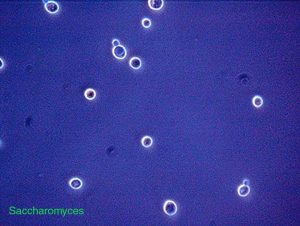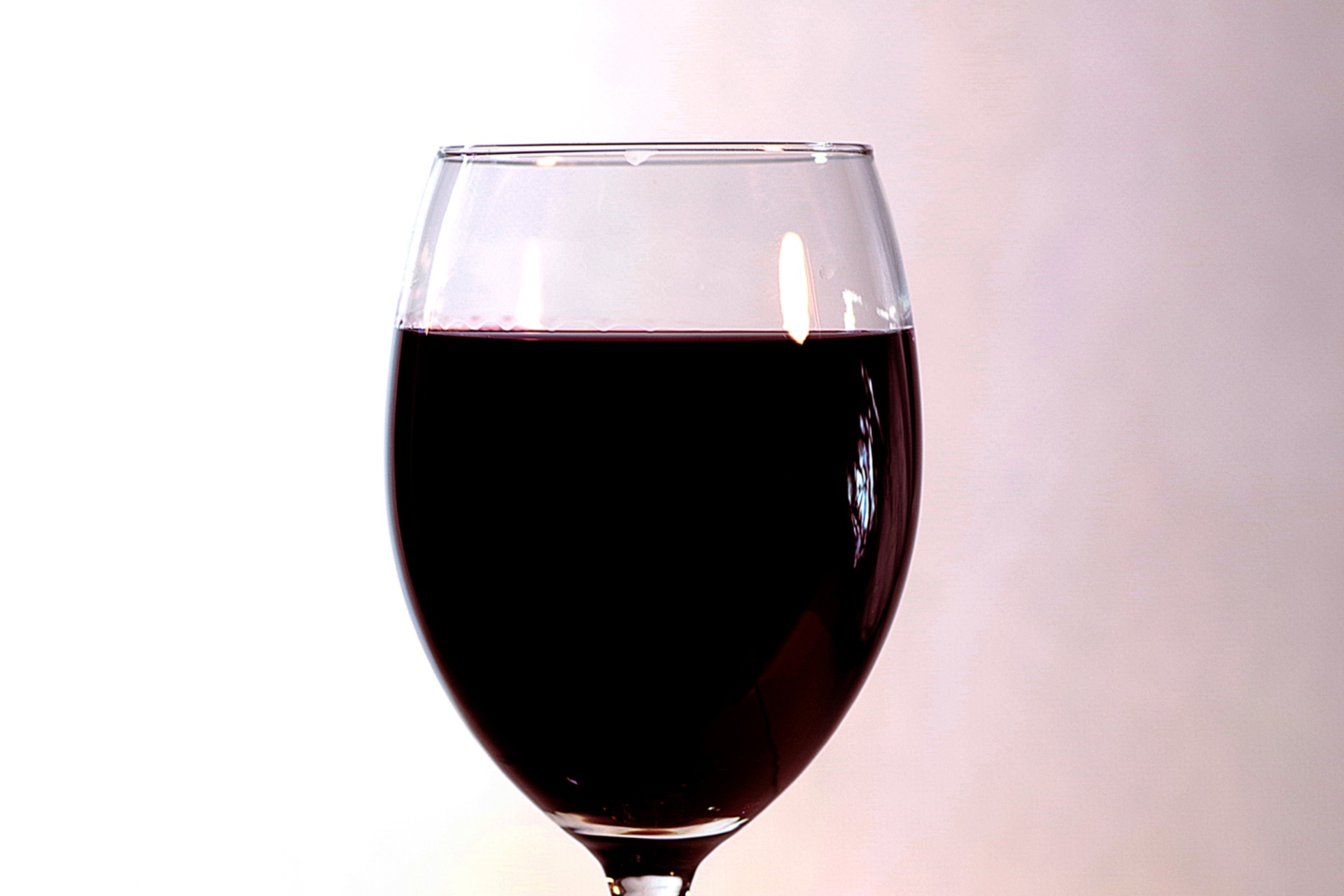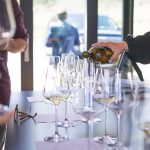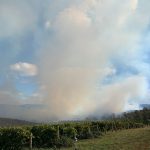Testing Times
Greg Howell, from Vintessential Laboratories, provides the latest instalment of the ‘recent problems that we have seen’ and explains how solutions have been found.
Natural wine
To quote wine writer Max Allen¹, “The hottest wine trend of the decade? That’s easy: all things natural. Grapes grown with a minimum of sprays, preferably organic or biodynamic; nothing added in the cellar except perhaps a small amount of sulphur dioxide preservative at bottling. Just wine. It’s also been the most controversial trend of the past ten years. Critics in the industry decry the lack of an official definition of natural. They grumble about the murky, rustic and even feral flavours found in some natural bottles.”
We see a variety of different wines made by different techniques in our lab; this past vintage we’ve seen more wines the makers call “natural wines”.
So what are natural wines?
The general concept is not hard to grasp although there doesn’t appear to be any accepted definition.
To quote the best but unofficial source we could find: (Wikipedia) “Natural wine is wine made with minimal chemical and technological intervention, both in growing grapes and making them into wine. The term is used to distinguish such wine from organic wine and biodynamic wine because of differences in cellar practices…Strictly speaking, natural wines are wines that are produced without adding or removing anything during winemaking, although some growers add tiny quantities of sulphites at bottling.”
We have certainly seen some of our customers over the years make very good wine with minimal chemical and technological intervention.
Techniques such as wild or uninoculated ferments, little or no filtration, no addition of commercial enzymes, no added preservatives and little or no fining are all used.
This is usually the domain of the small winemaker and a number of wines and successful producers come to mind.
If you are heading in the “natural” direction, what are some of the things you can do to produce a wine with the minimal amount of what are normally regarded as faults, such as Max’s “murky, rustic and feral” flavours?
As we have stated many times, the best way to achieve a stable and fault-free wine is to manage two key wine parameters: pH and sulfur dioxide.
In combination, they are a powerful tool to manage the bugs that can grow and the oxidation that can occur.
If you do not want to add acid then it is imperative that the vineyard site and picking dates are optimum to get the pH in the correct range.
This varies by wine style, but in general, the higher the finished wine is above pH 3.5 the more issues are likely.
And wines with no added sulfur dioxide are not likely to last long or be fault free, but if natural wine making techniques allow for minimal sulfur dioxide additions, this can be tightly controlled.
Both pH and sulfur dioxide are the main tests we recommend that winemakers do themselves—and most do so.
Getting the right equipment and keeping it working correctly is not that difficult if the equipment is regularly calibrated.
Sulfide or rotten egg gas can be produced by yeasts, even in wild ferments.
The key issue here is the lack of nitrogen nutrients and this can be easily measured prior to fermentation by the YAN (Yeast Assimilable Nitrogen) method.
This is also within the capability of most winemakers requiring only a slightly better winery laboratory setup with a spectrophotometer and test kits for ammonia and amino acids.
Of course a commercial lab like ours does this routinely for those winemakers who are not set up for it themselves.
Many producers now run their vineyards either as organic or biodynamic.
This is also a trend that has increased over the past ten or 20 years and doesn’t seem to be slowing down.
Part of this protocol involves the widespread use of compost in the vineyard, which adds back the essential nitrogen that is needed by yeasts in the alcoholic ferment and can prevent the formation of sulfides.
Lack of nitrogen in a must is typically treated with some commercial additives such as the chemical diammonium phosphate.
For those who don’t want to use this to be more on the natural path, the other way of achieving a good YAN level is to add nutrients such as compost in the vineyard.
One other major stability that is well known to all winemakers is tartrates.
It is quite easy to remove tartrate crystals simply by chilling the wine.
This was done naturally for many years in cold cellars prior to the advent of refrigeration.
The removal of tartrate crystals from wine, including natural wine, should always be performed as it is a simple and easy (dare I say natural) process that can prevent serious problems down the line such as the consumer discovering “glass” crystals in the bottom of the glass or bottle.
When we look at these technical processes that are already used by numerous winemakers, we can see that many people are not far removed from making natural wines already.
The careful timing of picking (to achieve optimum pH), the addition of compost as an integral component of vineyard management (good YANs and avoiding sulfides), chilling to remove tartrate crystals and the minimal use of sulfur dioxide are all moving in the natural direction and meeting the increasing demands of concerned drinkers around the world.
Foaming cider kegs
We recently had a customer who had a cider product that was in kegs and was giving a hotel customer some issues.
The keg in question was foaming so much that the publican could not use the product at all and returned the keg to the maker.
There were a number of kegs in the batch and so several more were checked. One nicely shot a stream of cider over ten metres!
The customer had been packaging their product in kegs for some time and had never had this issue before so wasn’t sure what was causing the problem.
The packaging was done at a third party bottling company a few months prior to the incident.
The cider was produced in the standard way which included sweetening the product after fermentation was completed.
The cider was cross flow filtered at 0.2 µm and then sent to the bottling line in bulk plastic containers.
At the bottling plant it was kept at 2 oC then placed in carbonation tanks and carbonated and then put into kegs at the bottling plant.
The kegs were then shipped back to the maker’s premises and stored in a non-temperature-controlled area.
Upon discussion with the client it was decided that a full sterility check would be completed initially to see if any microbiological activity was occurring that could have given rise to the extra gas and foaming.
The growth on the agar plate very quickly grew a lovely, large and healthy crop of Saccharomyces yeast!
As the cider had been sterile filtered prior to shipping to the bottling plant it appears that either the filtration was faulty or some yeast contamination occurred post filtration.
However this particular maker has discovered the lesson that Saccharomyces, whilst being a friend of those doing alcoholic fermentations, does not always behave well and can also end up being a false friend and doing a lot of damage.
Sterility control post-fermentation is obviously a critical control issue.

References
Max Allen, Australian Gourmet Traveller, June 2017
Vintessential Laboratories are dedicated to helping their customers discover production problems early, understand them, and then fix them. At their laboratories around Australia they test hundreds of samples every week, so there’s hardly a problem they haven’t seen. Every month they bring you some of the recent problems that have been sent to them and explain how, working with their clients, they managed to help solve them.
Greg Howell founded Vintessential Laboratories in 1995. He can be contacted by email on [email protected]. More articles on related topics are available on the Vintessential website: www.vintessential.com.au/resources/articles/
This article was originally published in the Australian and New Zealand Grapegrower & Winemaker, July 2018 edition.
















